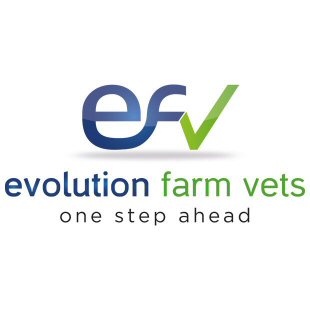Also known as Contagious Pustular Dermatitis.
Orf is a highly infectious virus which infects sheep and goats. It is zoonotic (infectious to humans) and causes a painful, weeping sore at the site of entry. It can also occasionally cause ‘flu-like symptoms in humans. The disease in sheep and goats is a pustular inflammation of the skin, most commonly around the mouth and nose of lambs, having spread from the teats of infected ewes. The pustules are usually seen once they have become scabs. More severely infected animals may show signs of bleeding, or the pustules may extend into the mouth, on the gums and the roof of the mouth. The lambs often lose condition as it is painful to feed. Lesions on teats can be painful for the ewe - again the lambs will be hungry. These lambs may try to feed from other ewes and in doing so, spread the disease around the flock. An outbreak in a flock tends to last 6-8 weeks. Other less common forms of orf exist:
- venereal orf on the prepuce of tups reduces service and may spread to the vulva of ewes
- orf virus can infect sheeps feet, in combination with a bacterium, Dermatophilus congolensis, causing “Strawberry footrot”. This is only seen in exceptionally wet seasons.
Treatment of cases
Individual cases may benefit from antibiotic injections in combination with some pain relief. It may be necessary to bottle-feed these animals. Care should be exercised when handling these animals:
- gloves should be worn and hands washed thoroughly
- bottles and teats should be sterilised between uses
Prevention of spread
The scabs of these animals are infective and are usually lost from the skin after around 1 month. The virus in the scabs remains infective for years in cool and dry conditions, but survives poorly in wet conditions outside. If you have an outbreak of orf in a shed, then increased frequency of replacement with clean, dry bedding is very important. If possible, infected animals should be separated from the group. The building should be thoroughly cleaned and disinfected as soon as possible. Carrier animals can exist which may or may not have visible lesions. These can frustrate the most dedicated efforts at cleaning and disinfection of housing.
Following an outbreak
Animals which have had and recovered from orf become immune. This immunity does not last for the life of the animal however, and repeated infection can occur. There is no transfer of immunity in the colostrum.
Vaccination
There is a live vaccine available, which is applied by lightly scratching the skin under the forelimb with the applicator. The virus in the vaccine is live and great care must be taken with handling the product. You should check that a line of pustules forms at the vaccination site 7-10 days after use. Vaccination of ewes pre-lambing can reduce infection of lambs, but must be carried out 7-8 weeks before lambing to ensure that the infectious scabs are clear before bringing into the lambing facility.
Important: The vaccine should NOT be used in flocks which do not have a history of orf problems, since it is a live vaccine and is the same as introducing the disease to a naïve flock.
